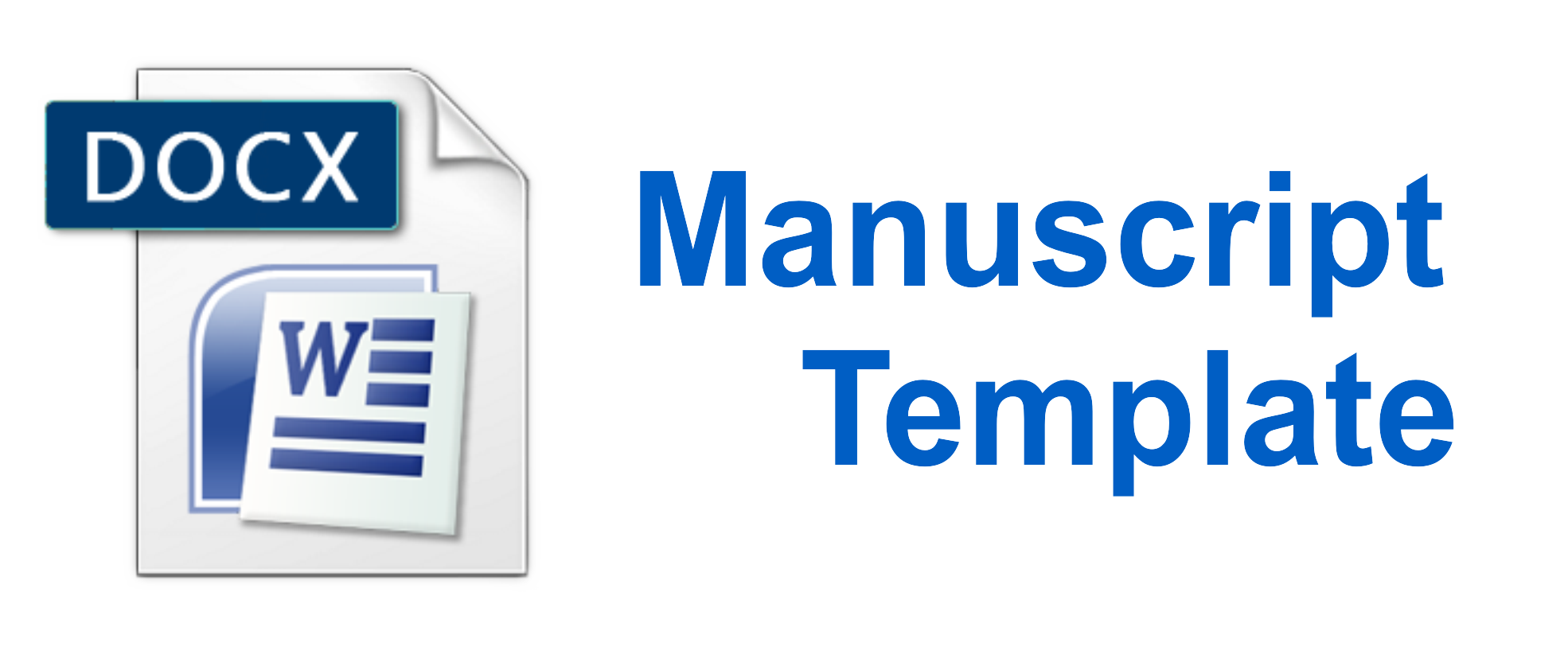| ISSN |
| E-ISSN: 3021-8721 |
| SUBMISSIONS |
| Submit to IJALR |
| Author Guidelines |
| Manuscript Template |
| Article Processing Charges |
| Sponsorship |
| PUBLICATIONS |
| License & Copyright |
| Peer Review Process |
| Publication Ethics Statement |
| Plagiarism Screening |
| Journal Management |
| Open Access Policy |
| INFORMATIONS |
| For Readers |
| For Authors |
| For Librarians |
| TOOLS |
| STATISTIC |
| CONTACT |






